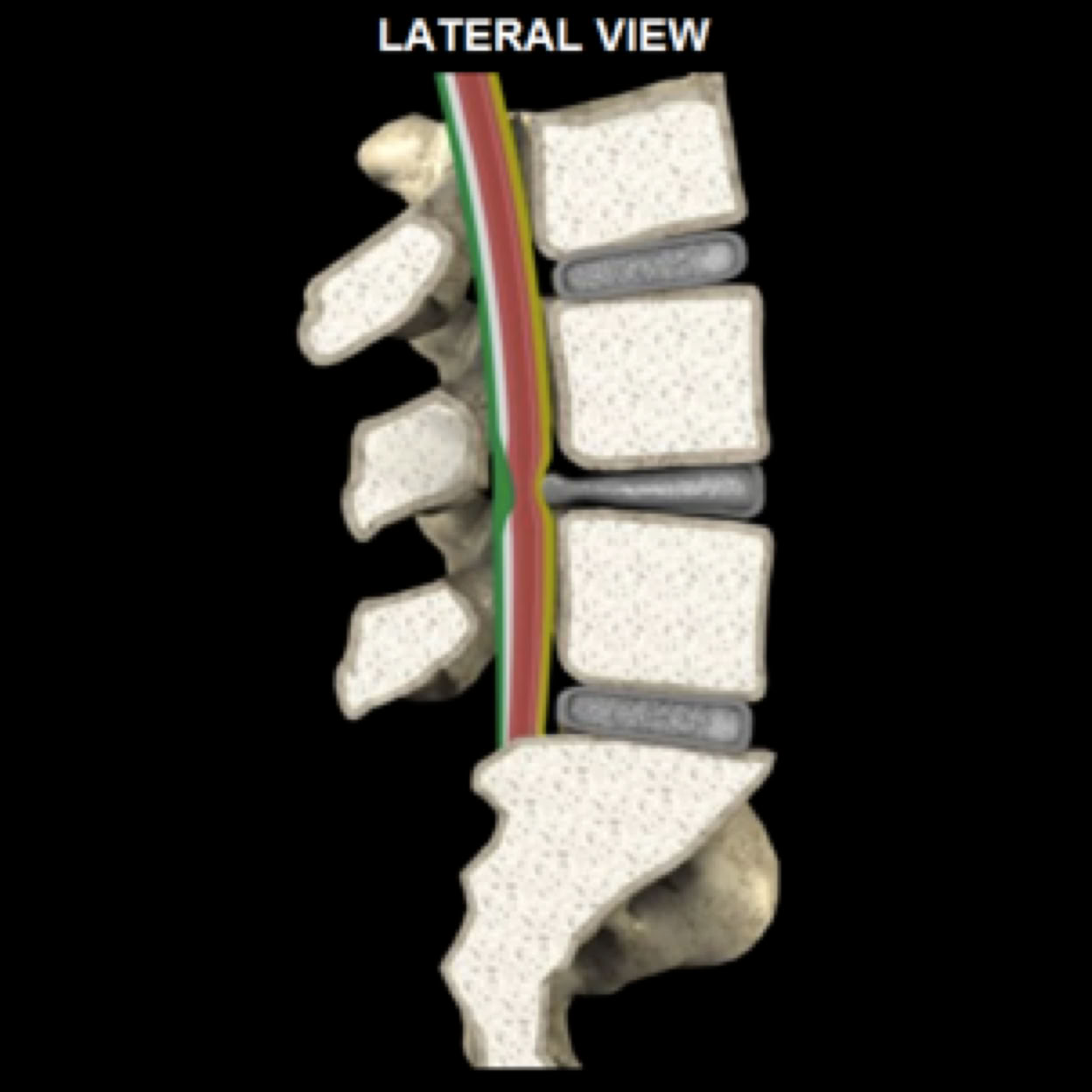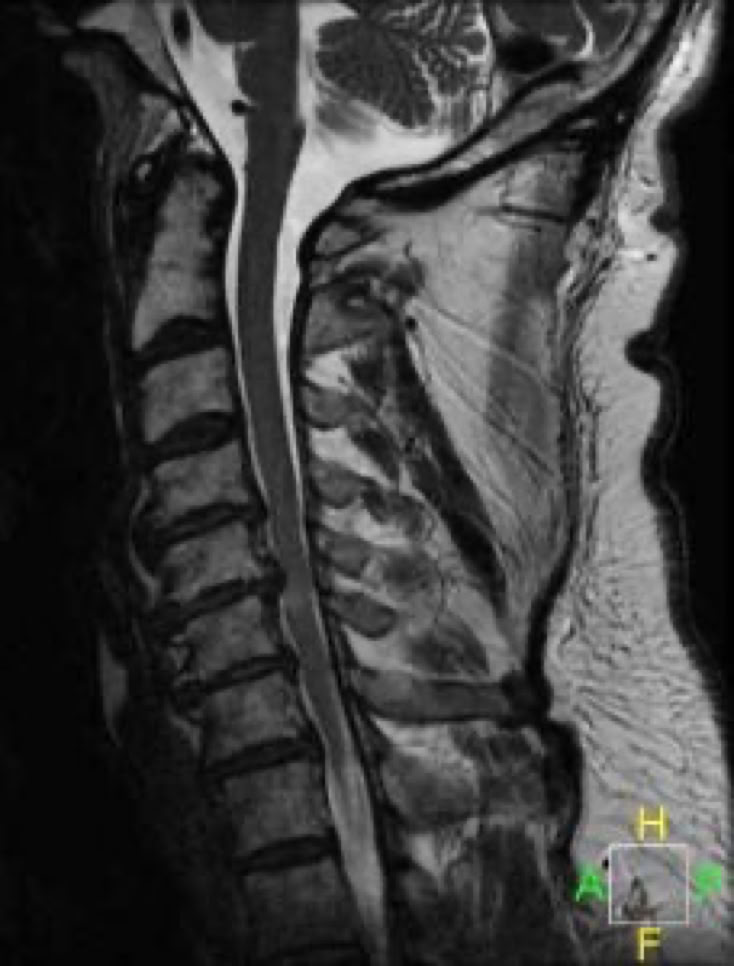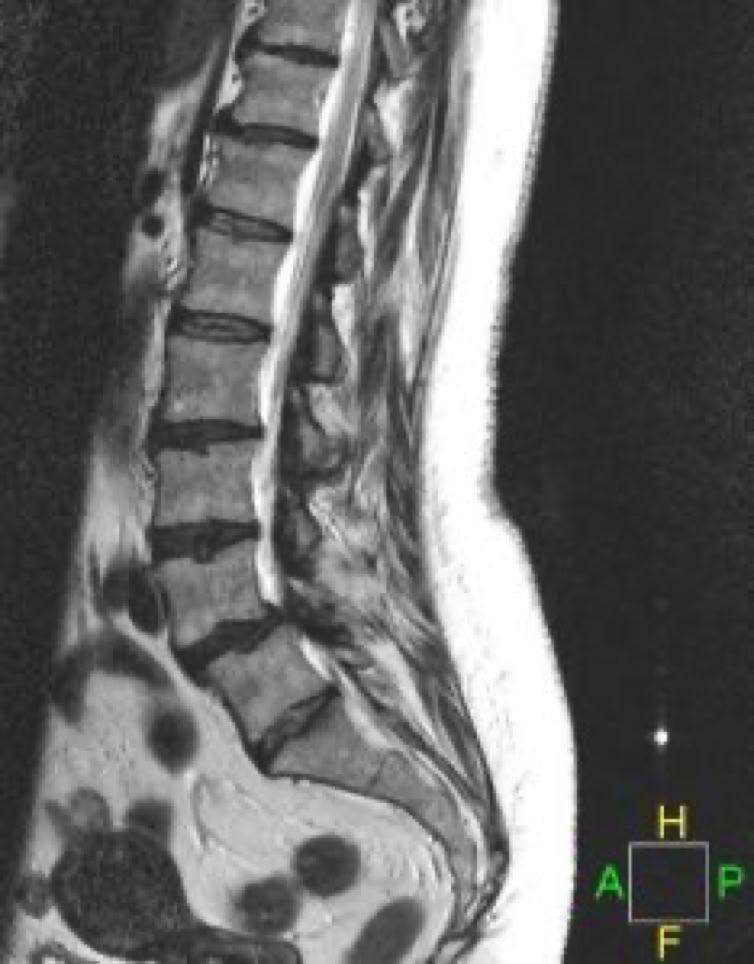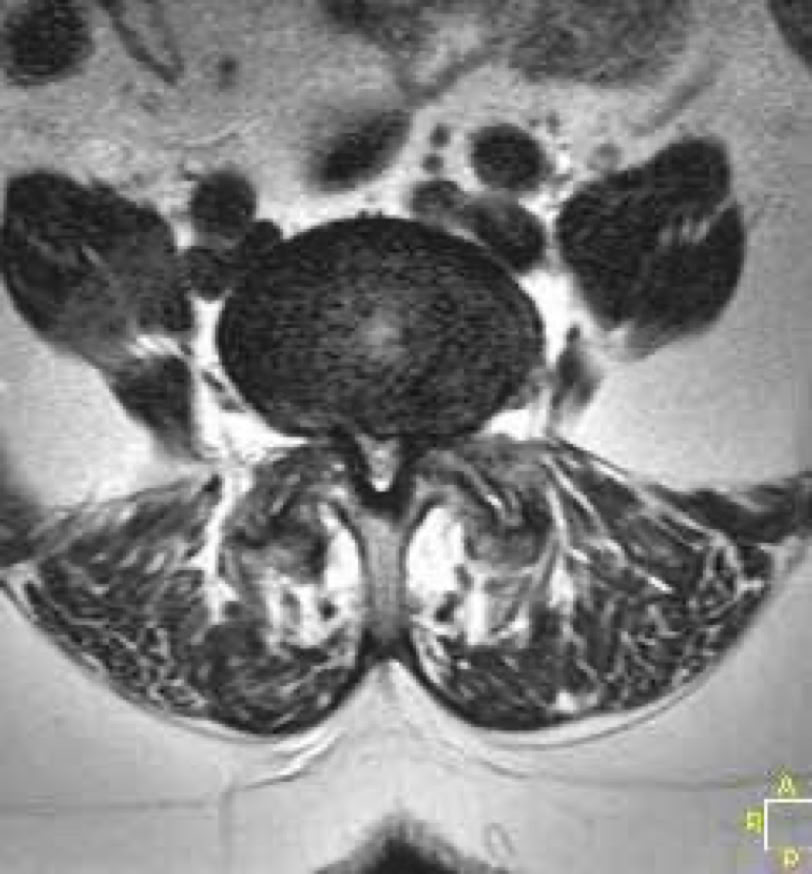Non-Surgical Spinal Decompression Centre
Melbourne Australia

Spinal Stenosis
Spinal stenosis is the most common spinal condition requiring surgery in older adults. It refers to the narrowing of the spinal canal, which can compress the spinal cord or nerve roots. While stenosis can occur anywhere along the spine, it’s most commonly found in the lower back. However, it can be more dangerous in the neck due to the presence of the spinal cord. When the narrowing occurs in the neck, it’s called cervical spinal stenosis; in the lower back, it’s lumbar spinal stenosis. Thoracic spinal stenosis is much rarer.
This condition is primarily caused by degenerative changes in the intervertebral discs and spine joints. Stenosis may result from significant narrowing of the spinal canal or a combination of changes, such as bone spurs, thickened ligaments, or enlarged facet joints, that collectively restrict space for the spinal cord. Over time, degenerative changes in spinal structures can cause the canal to narrow further. These changes can also lead to bulging or herniated discs that further constrict the canal. As stenosis progresses, the space available for the spinal cord becomes more limited, increasing the risk of nerve damage.
Symptoms of Spinal Stenosis
Symptoms vary depending on whether the narrowing affects the spinal nerve roots, the spinal cord, or both. If only the nerve roots are compressed, the patient may experience radiculopathy, with pain, numbness, or weakness in the arms or legs, depending on the affected area.
Myelopathy
Myelopathy refers to any neurological symptoms related to the spinal cord and is a serious condition that can result in permanent spinal cord damage. Myelopathy occurs when spinal stenosis places pressure on the spinal cord. If left untreated, this can lead to permanent nerve damage, including paralysis and even death. Symptoms can include difficulty with balance and gait, weakness or loss of fine motor skills (like gripping or typing), and changes in bowel or bladder function. In severe cases, patients may experience a loss of positional sense, making it difficult to judge where their arms and legs are, or they may struggle with tasks like writing or walking. Loss of control over bowel or bladder functions is another warning sign that requires immediate medical attention.
Neurogenic Claudication
Neurogenic claudication is a common symptom of lumbar spinal stenosis and refers to leg cramping or pain caused by nerve compression. Unlike vascular claudication, which is due to poor blood flow, neurogenic claudication symptoms—such as pain, numbness, or weakness in the buttocks or legs—are worsened by standing or walking, which increases the curve of the lumbar spine. This exacerbates the thickening of the ligamentum flavum and further narrows the spinal canal. Symptoms are relieved by sitting or bending forward, as these positions help open up the canal by stretching the ligament and reducing pressure. Patients may also find relief while pushing a shopping cart or climbing stairs, as these activities naturally encourage a forward-bending posture.
Cauda Equina Syndrome
The spinal cord in adults typically ends at the start of the lumbar spine, where it transitions into the cauda equina, a bundle of nerve roots that resemble a horse's tail. These nerves transmit signals to the lower limbs and pelvic organs. Cauda equina syndrome occurs when these nerve roots are compressed, causing severe neurological dysfunction. Symptoms may include sciatic pain, weakness in the legs, loss of sensation in the genital area or inner thighs, and incontinence. Cauda equina syndrome is a medical emergency that requires immediate surgery to prevent permanent damage such as paralysis or incontinence.
Diagnosis
A thorough medical history and physical examination are essential for diagnosing spinal stenosis. Imaging tests, such as X-rays, MRIs, or CT scans, can help assess the degree of spinal narrowing and identify the underlying causes


LUMBAR SPINAL STENOSIS

Treatment Options
Treatment for spinal stenosis typically begins with non-surgical approaches, including physical therapy, which can help reduce pain, improve mobility, and strengthen muscles around the spine. Medications, such as anti-inflammatories or pain relievers, are often used in conjunction with therapy. Non-surgical spinal decompression therapy may also be recommended. This technique gently stretches the spine to relieve pressure on the affected discs and spinal nerves, providing significant symptom relief.
If conservative treatments fail, surgery may be considered to relieve the pressure on the spinal cord or nerves, improving the patient’s quality of life and preventing further complications.
LUMBAR SPINAL STENOSIS, AXIAL VIEW.
CERVICAL SPINAL STENOSIS
© 2025 Dr. Ilan Sommer DC (USA), Phone# 1300662295 Send us an Email